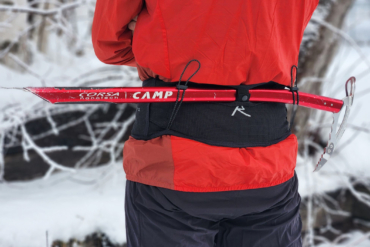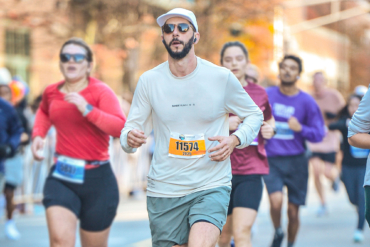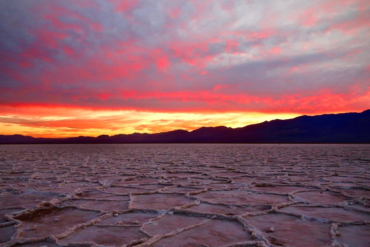My altimeter watch read 8,200 feet above sea level. The slope below dropped off like a cliff. At the height of a mountain pass I gazed out and thought, “This could be the most intense footrace I’ve ever run.”
The setting was the Pyrenees Mountains in southern France, where last week I traveled to play witness to a growing running movement taking Europe and parts of North America by storm.

Long-distance trail running — often called ultra running — is not a new trend, though in recent years it’s become bigger and more visible on the radar of the average outdoor athlete.
Any footrace on a trail that’s longer than a marathon distance can qualify as an ultra. These races often feature courses between 31 miles (50 kilometers) and 100 miles in length, mixing a wilderness adventure with a pure athletic feat few people would ever try.

But the numbers are growing. In France, the Kilian’s Classik race I ran attracted hundreds of area runners. Its 45-kilometer course climbed through pine forests then shot up to ascend multiple Pyrenean peaks.
I laced my shoes tight the morning of the race and strapped a hydration pack on my back. I stashed away several pieces of energy food. It was going to be a long day.

At the starting area, a pack of geared-up runners lined the main street in downtown Font-Romeu, the race’s host city. At the signal, the mass of ultra-racers bounced up a road and immediately ducked into the woods.
Flagging tape marked a trail that tunneled through trees before opening to ascend a ski area. The route jumped streams and led to a pristine valley flanked with high peaks.

We traced the shore of an alpine lake before the big ascents began. Then, suddenly, the racers in front of me were no longer running — the trail had pitched back to an angle so steep most people could only walk.
Later, about one-third of the way, the trail disappeared altogether as flagging tape hinted at a vague route uphill to a mountain pass. We ascended using hands and feet through a field of talus and snow that was steep enough to qualify as a section of a mountain climb.

Kilian’s Classik, a race named for local Font-Romeu hero and world-famous runner Kilian Jornet, is about as extreme terrain-wise as ultras come. But natural obstacles are par for most ultra courses, be it loose footing and mud or log crossings over rushing creeks.
At the high point on my race I paused for the view. Mountains stretched to the horizon, green meadows, streams, and high lakes that glinted in the sun.
Ultra running might be tough. But up high in the Pyrenees I could clearly see the appeal.
—Stephen Regenold is founder of GearJunkie. He finished the 45-kilometer Kilian’s Classik racecourse in 6 hours, 23 minutes, a time that put him in 27th place among hundreds of men overall.







